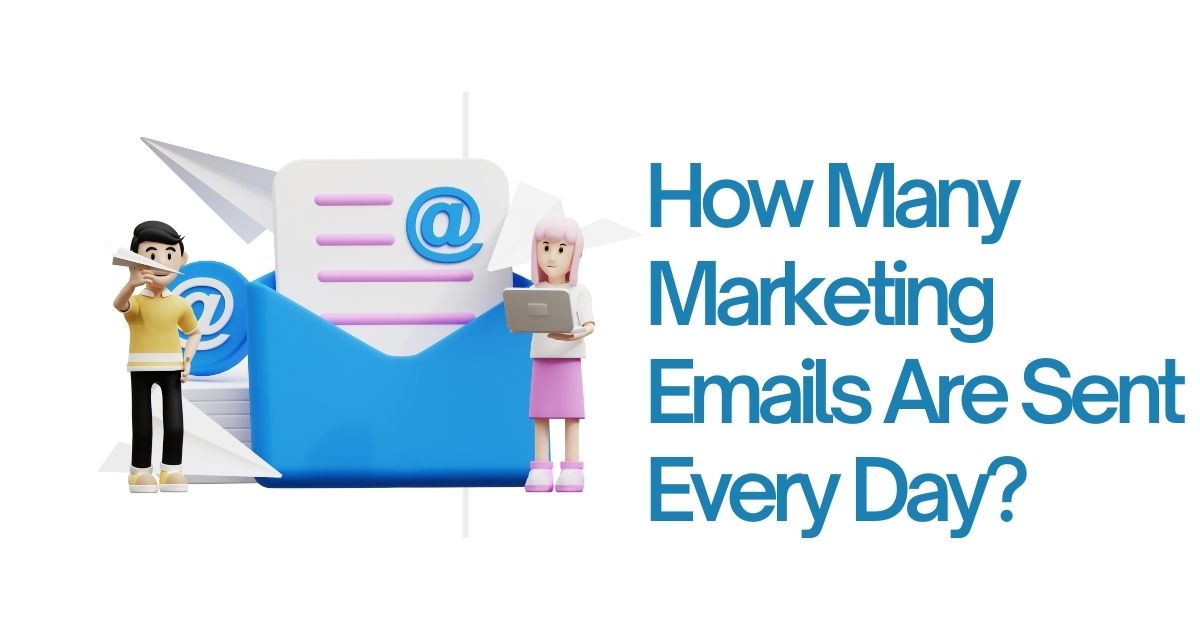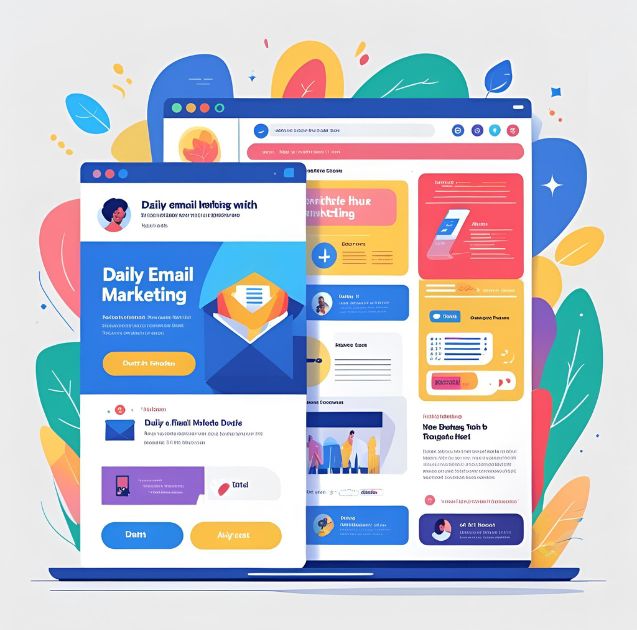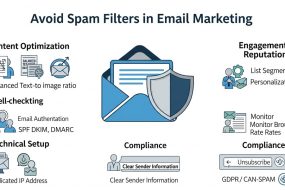
Your inbox feels overwhelming, and for good reason. Every morning, you wake up to a flood of promotional messages, newsletters, and brand updates competing for your attention. But have you ever wondered just how massive this digital tsunami really is?
The numbers behind daily email marketing volume are staggering. Understanding this scale can help both marketers craft better strategies and consumers better navigate their digital communications. Whether you’re a business owner trying to cut through the noise or simply curious about the mechanics of modern marketing, the reality of email volume might surprise you.
This exploration of daily email marketing statistics reveals not just the sheer quantity of messages being sent, but also what this means for businesses, consumers, and the future of digital communication.
The Staggering Scale of Daily Email Marketing

The volume of marketing emails sent daily across the globe is truly astronomical. Industry estimates suggest that over 300 billion emails are sent and received every single day worldwide, with marketing emails comprising a significant portion of this total.
Marketing emails specifically account for approximately 20-30% of all email traffic, which means roughly 60-90 billion marketing messages flood inboxes daily. This figure includes promotional campaigns, newsletters, abandoned cart reminders, and various automated marketing sequences.
To put this in perspective, that’s more than 10 marketing emails for every person on Earth, every single day. The scale becomes even more mind-boggling when you consider that this number continues to grow year over year as more businesses embrace digital marketing strategies.
Breaking Down Email Marketing by Platform and Size
Different email service providers handle varying volumes of marketing emails. Gmail processes over 1.5 billion user accounts, making it the largest email platform globally. Outlook, Yahoo, and other major providers each handle hundreds of millions of accounts, all receiving their daily dose of marketing messages.
Small businesses typically send between 100-10,000 marketing emails per campaign, while medium-sized companies might dispatch 10,000-100,000 messages. Enterprise-level organizations often send millions of emails in a single campaign, with some major retailers and service providers sending tens of millions of marketing emails daily.
The frequency varies dramatically by industry. E-commerce companies tend to be the heaviest senders, with daily promotional emails, product updates, and personalized recommendations. Financial services, travel companies, and SaaS providers also rank among the top email volume generators.
Why So Many Marketing Emails?
The explosion in marketing email volume stems from several factors. Email marketing consistently delivers one of the highest returns on investment among digital marketing channels, with studies showing an average ROI of $42 for every dollar spent.
Automation has made it incredibly easy to send large volumes of personalized emails. Marketing platforms can trigger emails based on user behavior, send birthday promotions, cart abandonment reminders, and welcome series without human intervention. This automation means businesses can maintain constant communication with their audiences.
The low cost of email marketing also contributes to volume growth. Unlike paid advertising or direct mail, sending emails costs mere pennies per message, making it accessible for businesses of all sizes to reach large audiences regularly.
Consumer Response to Email Volume
Despite the massive volume of marketing emails sent daily, open rates tell a different story about actual engagement. Average email open rates hover around 20-25%, meaning roughly three-quarters of marketing emails are never even opened.
Click-through rates are even lower, typically ranging from 2-5%. This means that out of those billions of daily marketing emails, only a tiny fraction result in meaningful engagement with the intended audience.
Consumers have developed various coping mechanisms for email overload. Many people maintain multiple email addresses, using secondary accounts specifically for promotional emails. Others rely heavily on spam filters and unsubscribe aggressively from lists that don’t provide clear value.
The Impact on Businesses and Marketers
The sheer volume of daily marketing emails creates both opportunities and challenges for businesses. On one hand, email remains a direct line to customers that businesses own and control, unlike social media platforms, where algorithm changes can suddenly limit reach.
However, cutting through the noise has become increasingly difficult. Marketers must work harder to craft compelling subject lines, provide genuine value, and time their messages strategically to avoid being lost in the daily deluge.
This volume pressure has led to more sophisticated email marketing strategies. Businesses now invest heavily in segmentation, personalization, and behavioral targeting to ensure their messages stand out and reach the right people at the right time.
Regional Variations in Email Marketing Volume
Email marketing volume varies significantly by geographic region. North American and European businesses tend to send the highest volumes of marketing emails, reflecting more mature digital marketing practices and higher internet penetration rates.
Asia-Pacific markets are experiencing rapid growth in email marketing volume as businesses in the region increasingly adopt digital marketing strategies. However, cultural preferences and communication patterns affect both sending volumes and response rates across different countries.
Some regions have stricter email marketing regulations, such as GDPR in Europe, which can impact both the volume and targeting of marketing emails. These regulations require more explicit consent and provide consumers with greater control over their email communications.
The Future of Email Marketing Volume
Several trends suggest that the daily volume of marketing emails will continue growing, albeit potentially at a slower rate. The rise of AI and machine learning is enabling more sophisticated personalization and automation, which could increase both volume and effectiveness.
However, consumer fatigue and improved filtering technology may start to counterbalance pure volume growth. Email providers are getting better at identifying and filtering promotional content, while consumers become more selective about which emails they engage with.
The integration of email marketing with other digital channels is also changing how businesses approach email volume. Rather than relying solely on high-frequency email campaigns, many companies are adopting omnichannel approaches that coordinate email with social media, web personalization, and other touchpoints.
Navigating the Email Marketing Landscape

Understanding the scale of daily email marketing helps put your own inbox experience in perspective. Those dozens of promotional emails you receive each day represent just a tiny fraction of the billions being sent globally.
For businesses, this knowledge underscores the importance of quality over quantity. Simply adding to the daily email avalanche without providing real value is unlikely to drive meaningful results. Success in email marketing requires strategic thinking, audience understanding, and a commitment to delivering content that recipients actually want to receive.
The daily volume of marketing emails—measured in the tens of billions—reflects both the power and the challenge of digital marketing. While the numbers continue to grow, the businesses that succeed will be those that focus on building genuine relationships with their audiences rather than simply contributing to the noise.


















No Comments